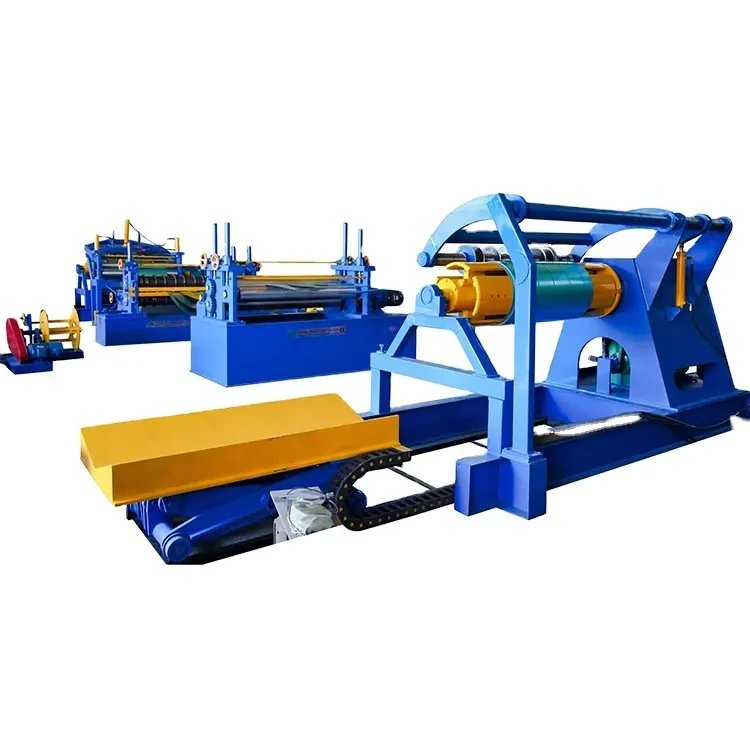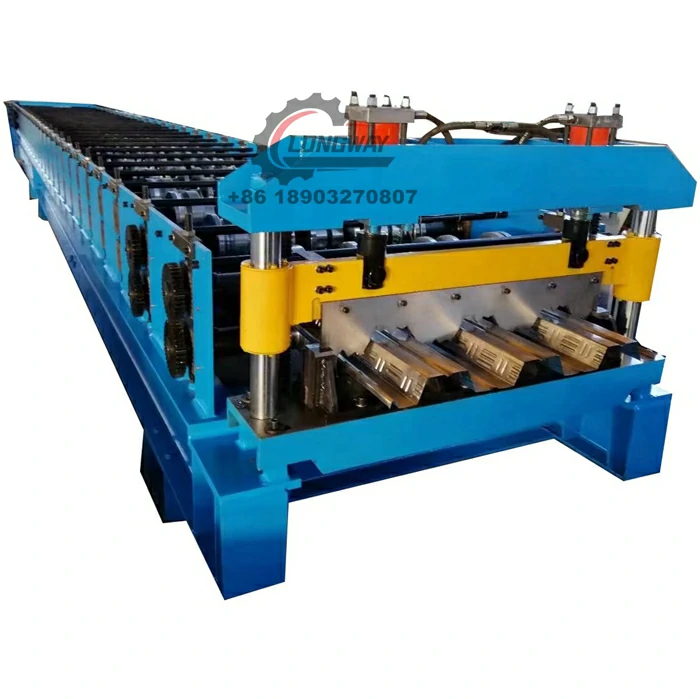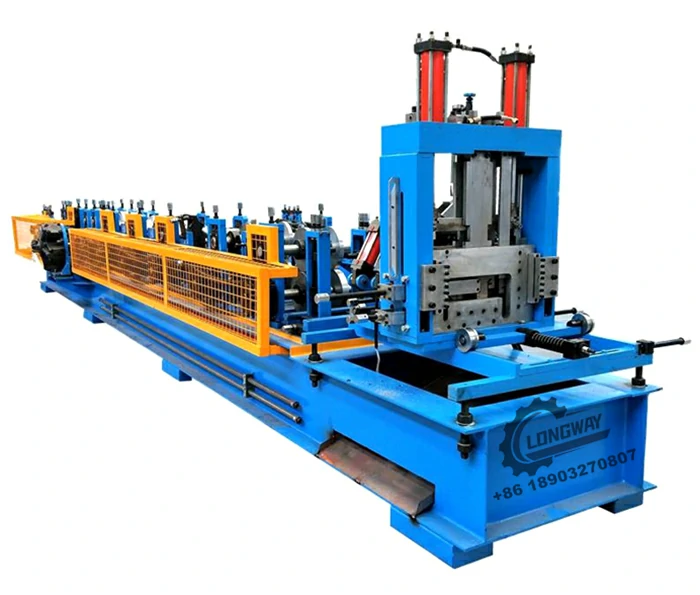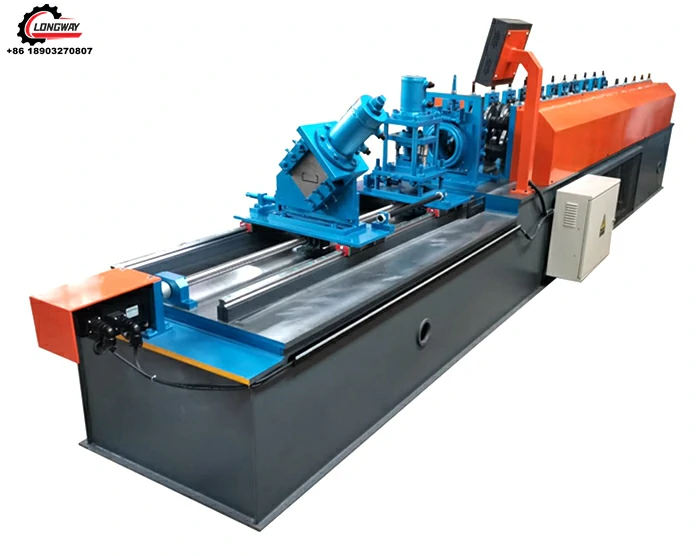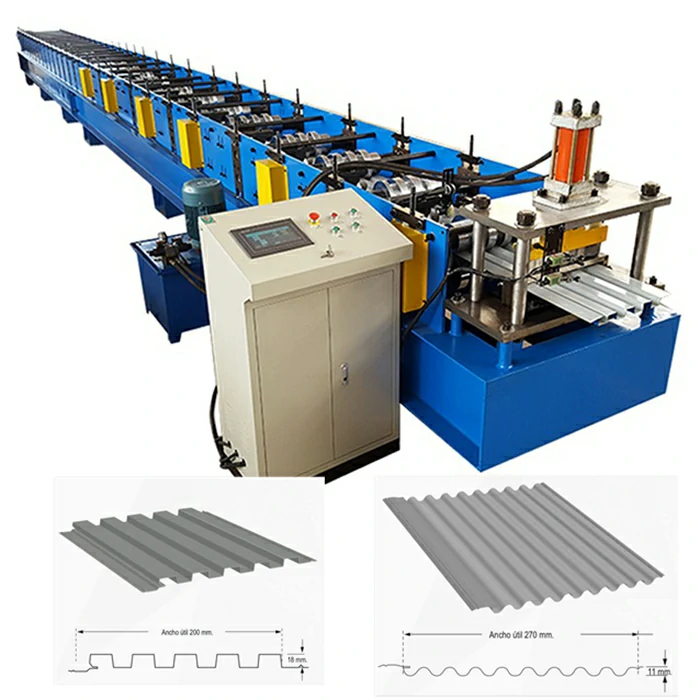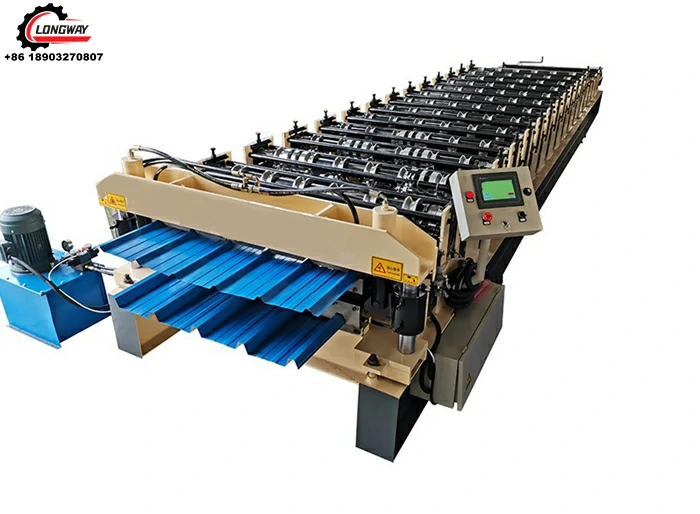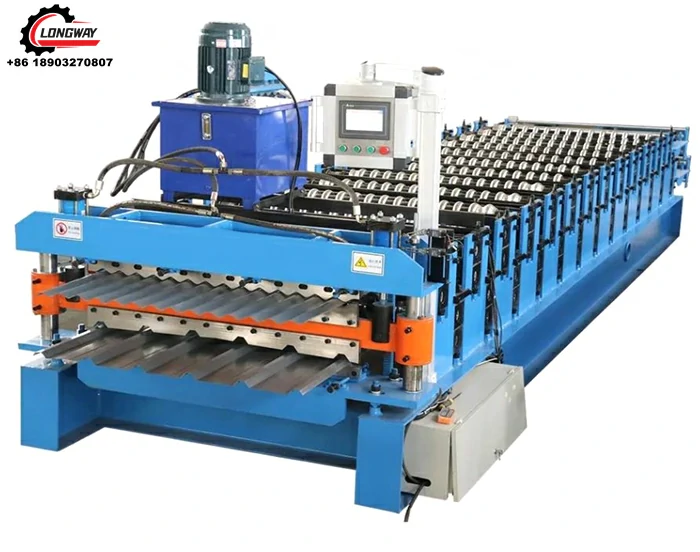Tr20 Tr40 roof panel forming machine | High-Speed PLC
Inside the shop floor: why the Tr20 Tr40 roof panel forming machine is back in demand
Honestly, trapezoidal roofs never went out of style—industrial buyers just became pickier. Between green-building targets and coil price swings, producers want flexible, low-waste, quick-change lines. That’s where a Tr20 Tr40 roof panel forming machine earns its keep: stable geometry, fast setup, clean cuts, and profiles that installers actually enjoy fixing at height.
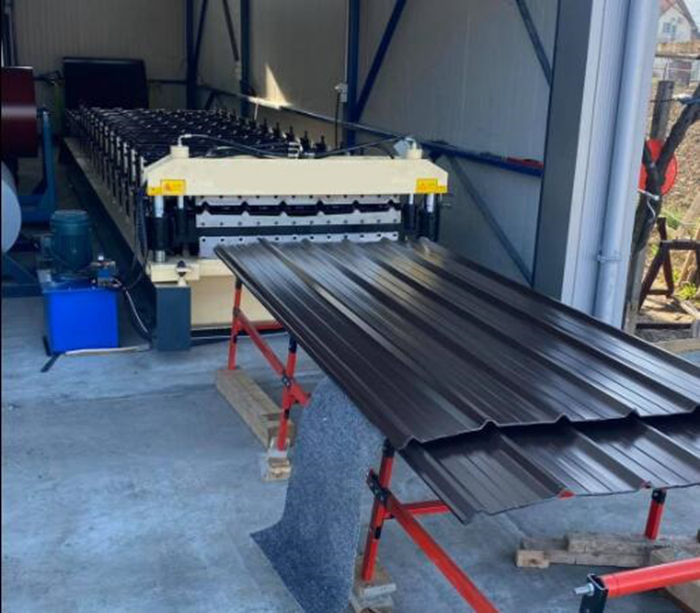
Industry snapshot
Trapezoidal TR20/TR40 panels keep winning bids for mid‑span industrial roofs, logistics centers, and farm buildings. Current trends: higher yield-strength coils (up to 550 MPa), integrated punching for faster flashings, and smarter HMIs with recipe locking. Many customers say remote diagnostics have saved them at least one service trip per year—small detail, big uptime.
Specs that matter (real-world, not brochure-only)
| Parameter | Typical Value (≈, may vary) |
|---|---|
| Profiles | TR20 / TR40; optional T18 / T32 / T35 |
| Material | PPGI, Galvanized (ASTM A653) or Galvalume (AZ); EN 10346 grades |
| Thickness | ≈0.3–0.8 mm |
| Yield strength | ≈235–550 MPa |
| Stations | ≈14–18 stands (depending on rib depth) |
| Line speed | ≈12–18 m/min (production), test up to 22 m/min |
| Rollers | GCr15, vacuum quenched, ≈HRC 58–62 |
| Cutting die | Cr12MoV, ≈HRC 58–60, hydraulic shear |
| Control | PLC + HMI (Siemens/Delta); length tolerance ≈±2 mm/10 m |

Process flow, testing, and service life
Flow: decoiling → leveling → guiding → roll forming → hydraulic cutting → stacker. Materials follow ASTM A653 or EN 10346; we’ve seen best results with Z275 or AZ150 coatings for coastal jobs. Incoming roller shafts are hardness-checked (Rockwell), and runout is verified at ≈≤0.03 mm. Typical acceptance tests: profile height within ±0.5 mm, side-lap fit test, and 100‑piece length audit. Noise stays below ≈80 dB in steady run. With routine greasing and coolant checks, the roller train lasts ≈10–15 years.
Certifications buyers ask for: ISO 9001:2015 QMS, CE (Machinery Directive). Origin, if you care about ecosystem depth: SHIBAWUXING VILLAGE BO TOWN, CANGZHOU CITY, HEBEI PROVINCE—arguably the densest roll-forming cluster in North China.
Where it’s used (and why it works)
- Industrial roofs and walls, logistics hubs, agricultural sheds.
- Retrofit over existing sheets—TR20 often wins on weight; TR40 on stiffness.
- Coastal warehouses with AZ-coated coils; inland projects with Z‑coating.
Advantages of a Tr20 Tr40 roof panel forming machine: predictable span performance, fast coil-to-pack timing, and low scrap when switching coil widths. To be honest, operators love a clean HMI and quick blade change more than any spec sheet brag.

Vendor comparison (brief, practical)
| Factor | Cangzhou cluster maker | Regional OEM | Local fabricator |
|---|---|---|---|
| Roller steel | GCr15, HRC 58–62 | Alloy steel, HRC ≈56–60 | 45# steel, HRC ≈50–55 |
| Lead time | ≈40 days (TR20/TR40; T18/T32/T35 optional) | ≈60–75 days | ≈30–50 days |
| Warranty | 12–18 months | 12 months | 6–12 months |
| Certifications | ISO 9001, CE | ISO 9001 | — |
Customization notes
Common add‑ons: powered decoiler (5–7 T), hydraulic coil car, embossing unit, auto stacker, inline punching, and quick‑change cassettes for T18/T32/T35. I guess the sleeper upgrade is laser length sensor—saves a lot of ± mistakes.
Mini case stories
A mid‑size roofing contractor reported scrap reduction of ≈1.2% after switching to a Tr20 Tr40 roof panel forming machine with better guiding. Another buyer in a coastal zone ran AZ150 coils; after six months they noted cleaner side-lap fits and fewer call-backs—surprisingly, mostly thanks to steadier cut length.

If you need fast delivery, the team in Cangzhou can usually finish TR20/TR40 (and T18/T32/T35 options) within about 40 days. Sensible, reliable, not flashy—and that’s perfectly fine for a machine that prints money by the meter.
Authoritative references
-
Corrugated iron roofing sheet making machine with CE, AutoNewsNov.17, 2025
-
3mm Steel C U Channel Roll Forming Machine, Heavy DutyNewsNov.17, 2025
-
Calamima Micro Ondulada corrugated roof sheet machine - CNCNewsNov.17, 2025
-
Metal Roofing Roll Former for Sale Companies - Fast, PreciseNewsNov.17, 2025
-
Drywall Steel L Angle Bar forming machine | Fast, PreciseNewsNov.17, 2025
-
Corrugated Iron Roofing Sheet Making Machine, Fast & DurableNewsNov.11, 2025
-
Corrugated Metal Roofing Machine | High-Speed, Precise, CENewsNov.11, 2025
